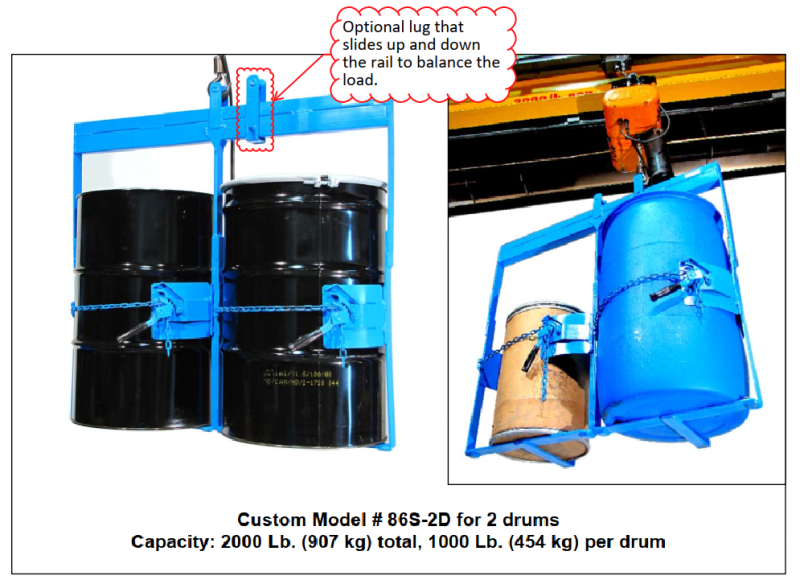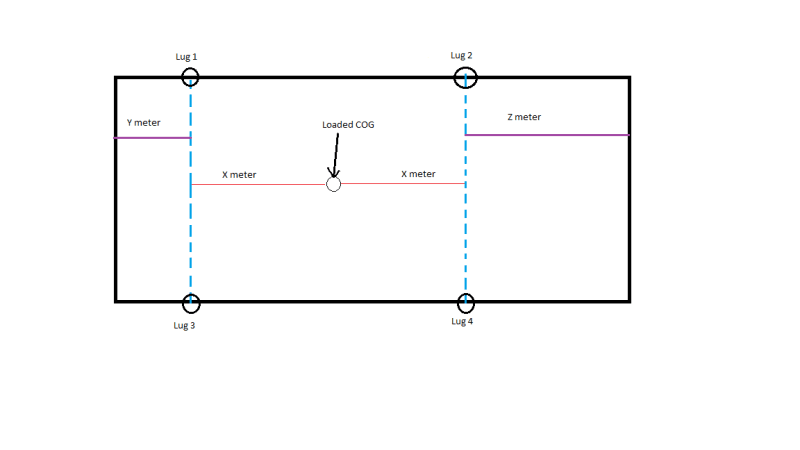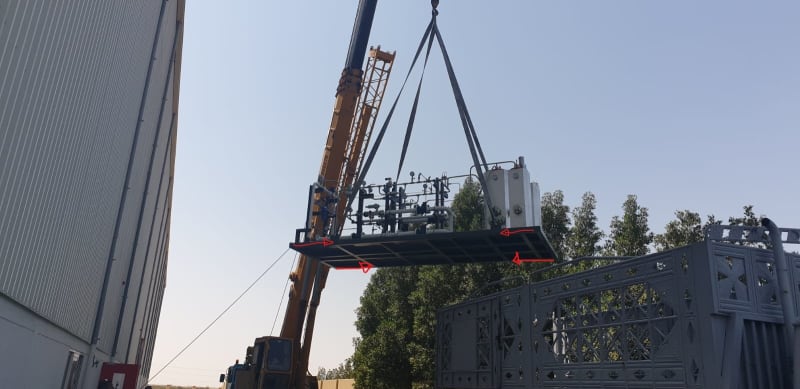Z_Z
Chemical
- Sep 15, 2022
- 22
Hi all,
I am trying to do a lifting analysis for a skid with some pipes, fittings, valves, heaters etc. I am trying to figure out how I can calculate the best location of the hook for the cables to be attached to avoid bending of the skid structure (picture 1) and how to calculate the size of the lifting hook which will be attached to the cables (picture 2).
I attached an actual picture of the skid being lifted as well to get a better understanding of my question.
I am kind of stuck at the moment and would greatly appreciate any help!
Thanks
Z
I am trying to do a lifting analysis for a skid with some pipes, fittings, valves, heaters etc. I am trying to figure out how I can calculate the best location of the hook for the cables to be attached to avoid bending of the skid structure (picture 1) and how to calculate the size of the lifting hook which will be attached to the cables (picture 2).
I attached an actual picture of the skid being lifted as well to get a better understanding of my question.
I am kind of stuck at the moment and would greatly appreciate any help!
Thanks
Z



